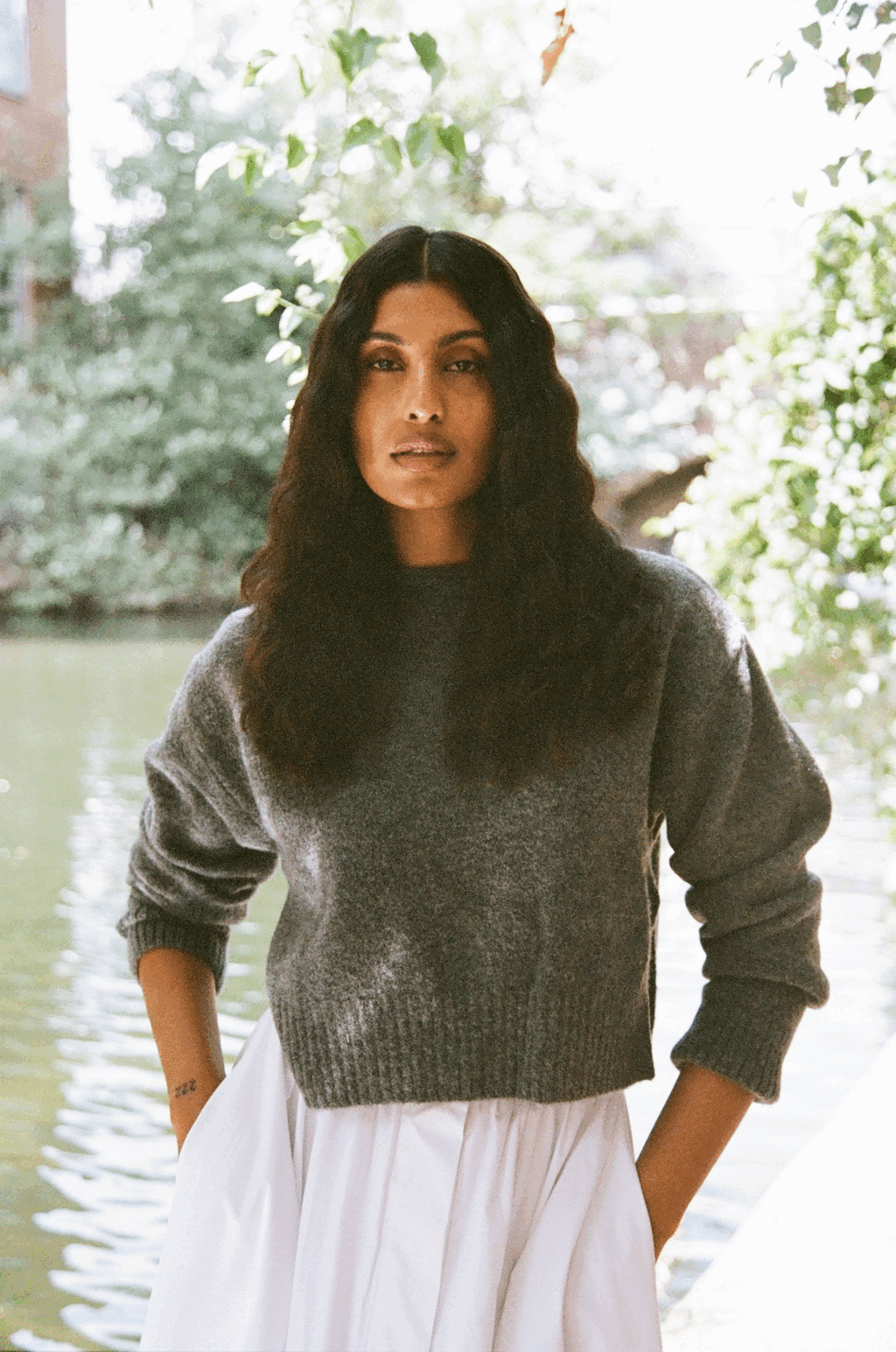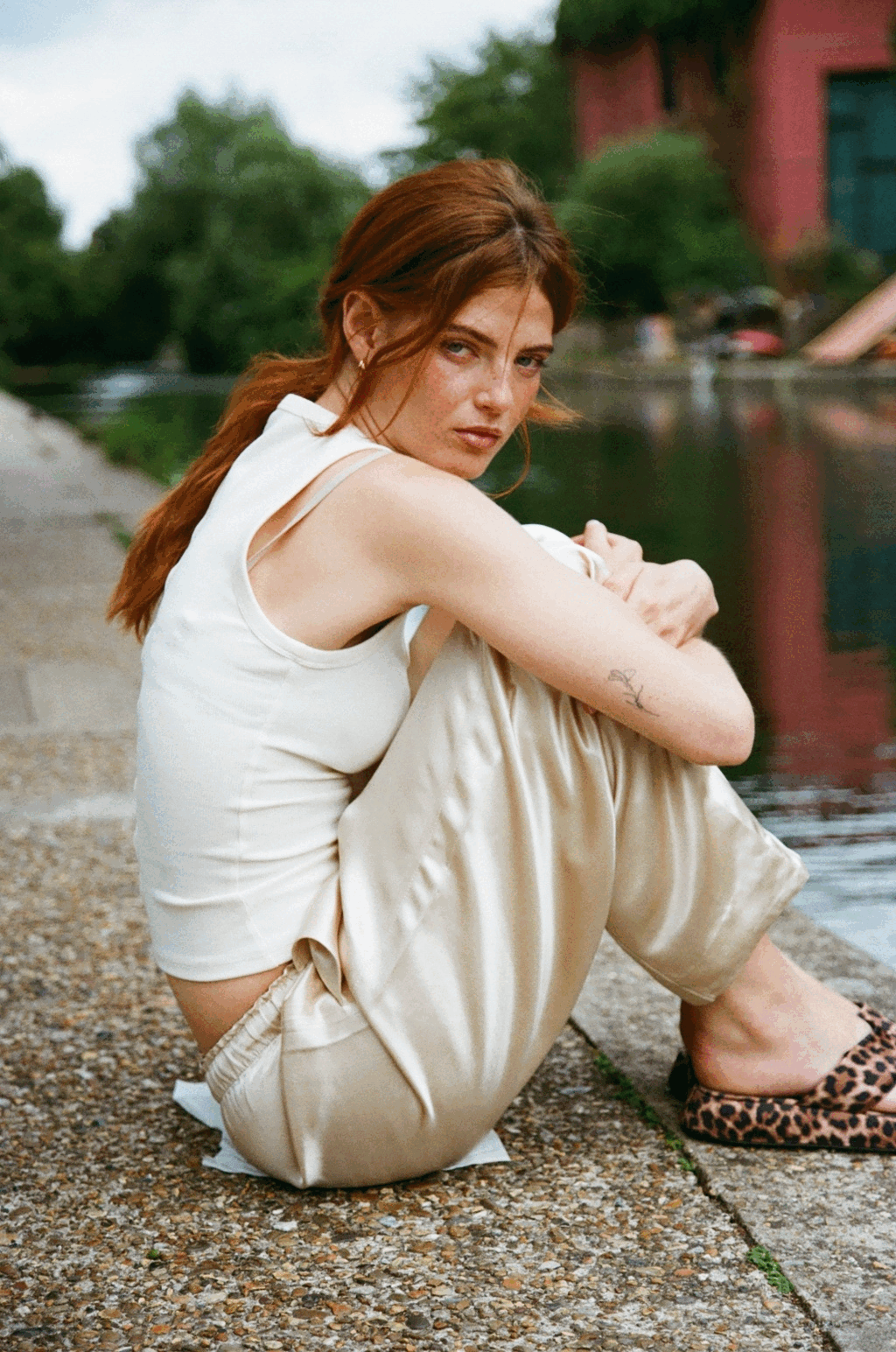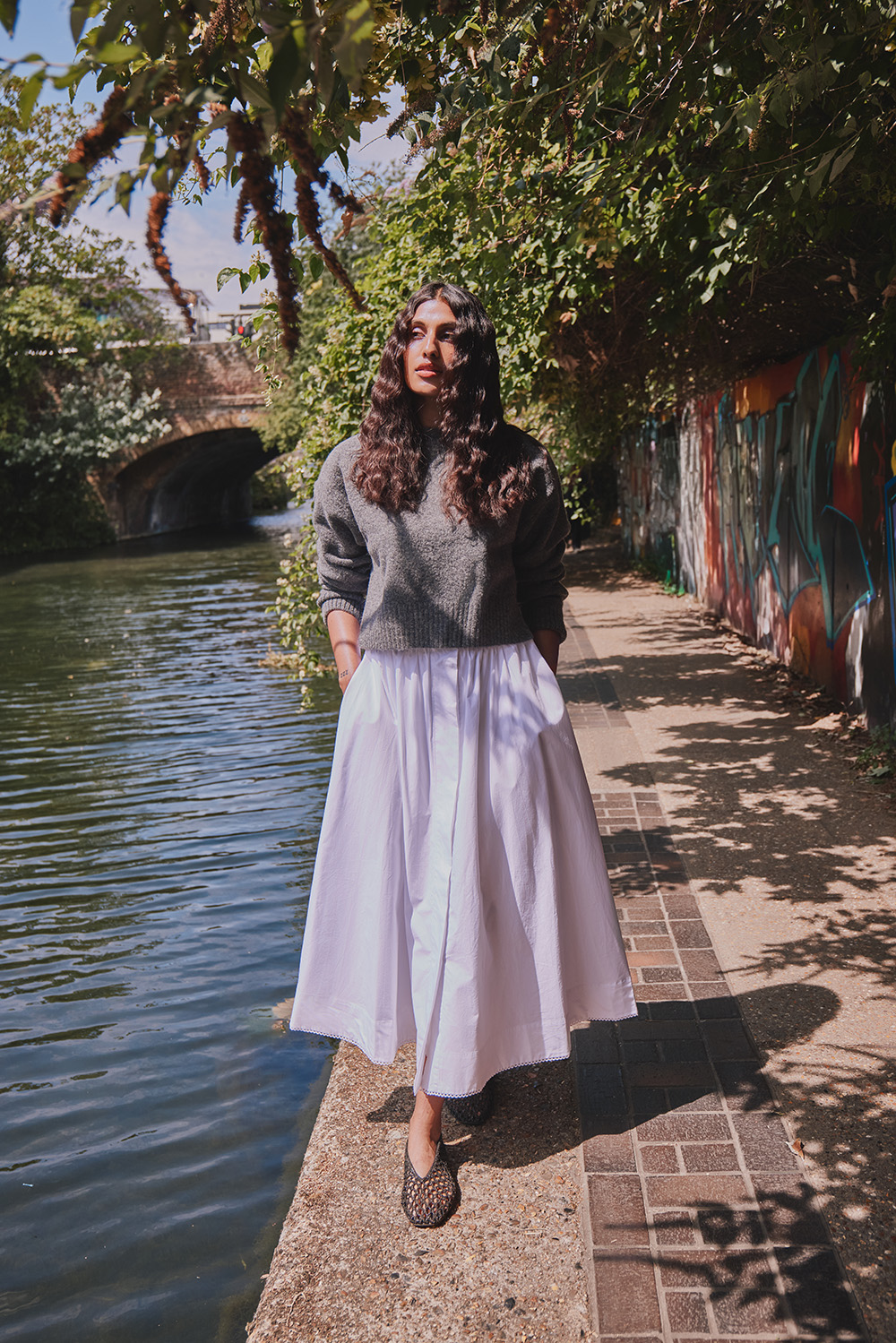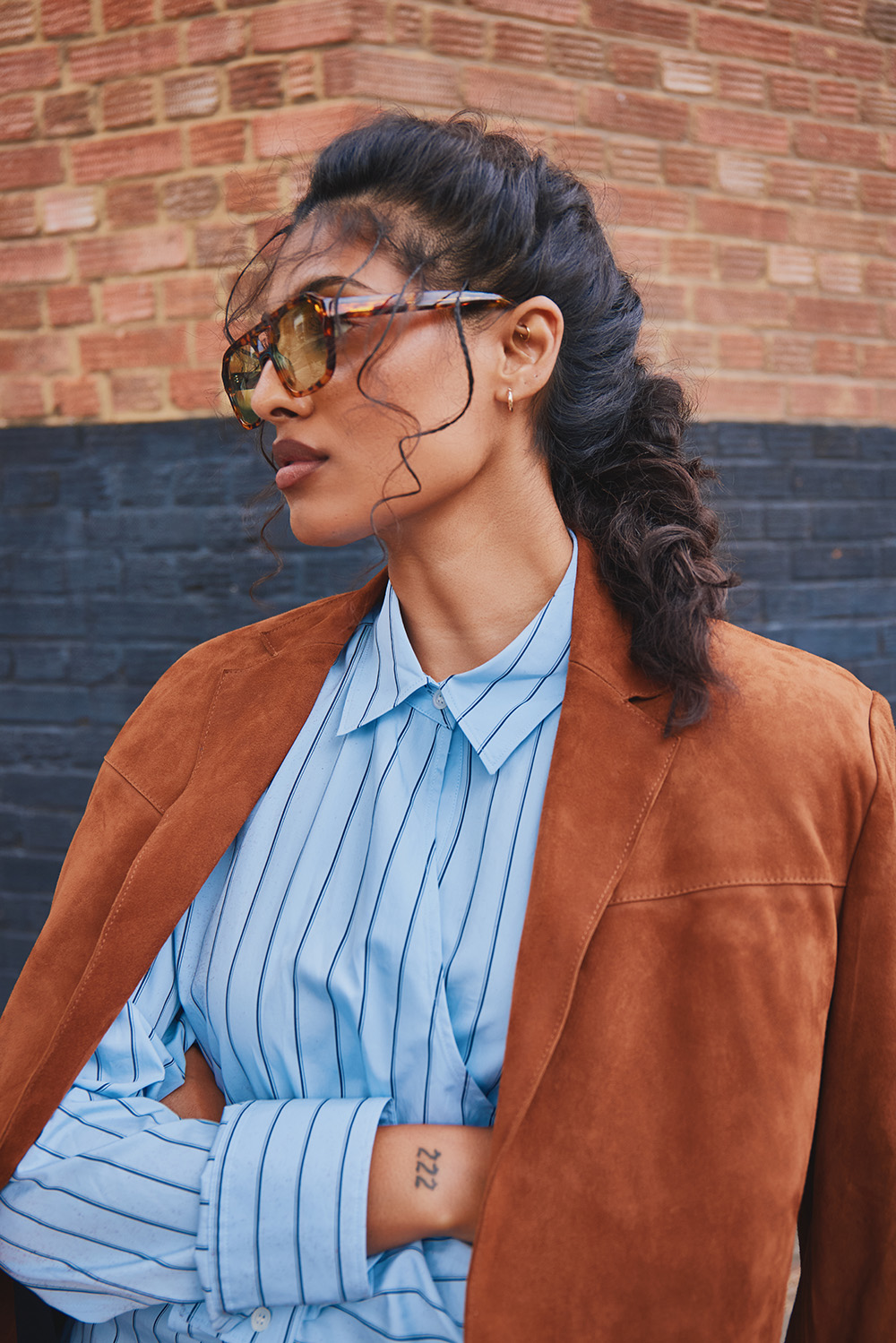
7 In 10 Clients Want To Buy From Their Salon
7 In 10 Clients Want To Buy From Their Salon
That’s just one of the eye-opening stats from Phorest’s Consumer Insights Report 2025
by AMANDA | INFORM

With more pro products in high street shops, retail is more of a battlefield than ever – yet 70 per cent of clients who don’t currently buy from their salon would like to. That’s according to the Consumer Insights Report 2025 from software brand Phorest, which shows how UK and Irish hair salon clients are choosing, booking and experiencing their services. The number highlights the potential for more revenue through better consultations, education and at-home care recommendations.

Luke Doolin, Phorest
Online booking is driving nearly half of appointments, with 45 per cent of clients preferring to schedule their salon visits digitally whenever possible – it’s convenient and they can see what’s available for themselves. And while with more than half of clients open to using AI for basic booking tasks, Phorest’s data illustrated a strong preference for human interaction when it comes to personalised services.
Even in the age of social media, 61 per cent of consumers rely on word of mouth when looking for a new salon, although price and location remain the top decision-makers. But salons need to work harder when they tempt those fresh guests in – new client retention sits at 29 per cent, indicating a need for salons to focus on follow-up incentives and strategies.
The findings also show that half of clients want salons to personalise their experience through rewards and offers, while cleanliness and hygiene standards were ranked the top reason people will pay more for a premium experience.
The data in Phorest’s 2025 Consumer Insights Report 2025 is gleaned from an independent survey gathofered 716 responses from UK and Ireland salon guests, all of whom had visited a hair salon in the past six months.”This report is more than a snapshot of client preferences, it’s a roadmap for sustainable growth,” said Luke Doolin, UK & Ireland country manager at Phorest. “These findings prove that small, consistent changes, backed by the right tools, can deliver a big impact for both the client and the business.”
The full Consumer Insights Report 2025 is available from Phorest, offering in-depth statistics, salon success stories, and practical advice for owners looking to grow in the year ahead.
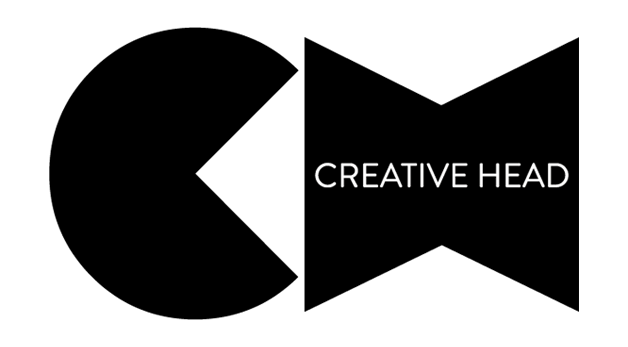


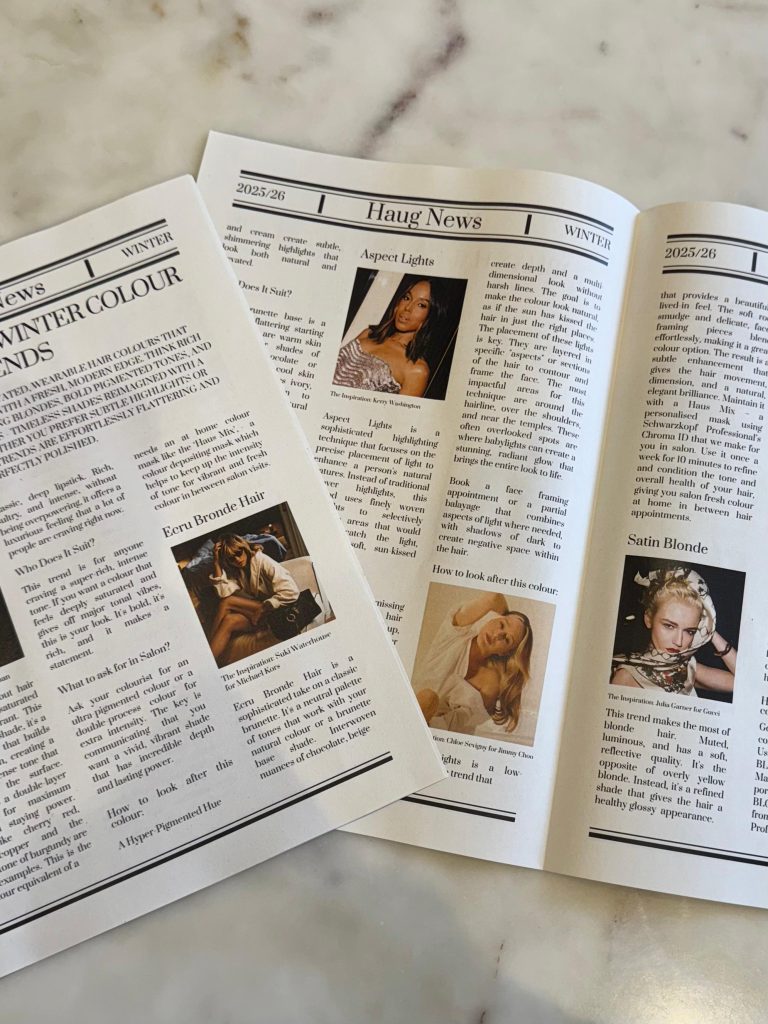
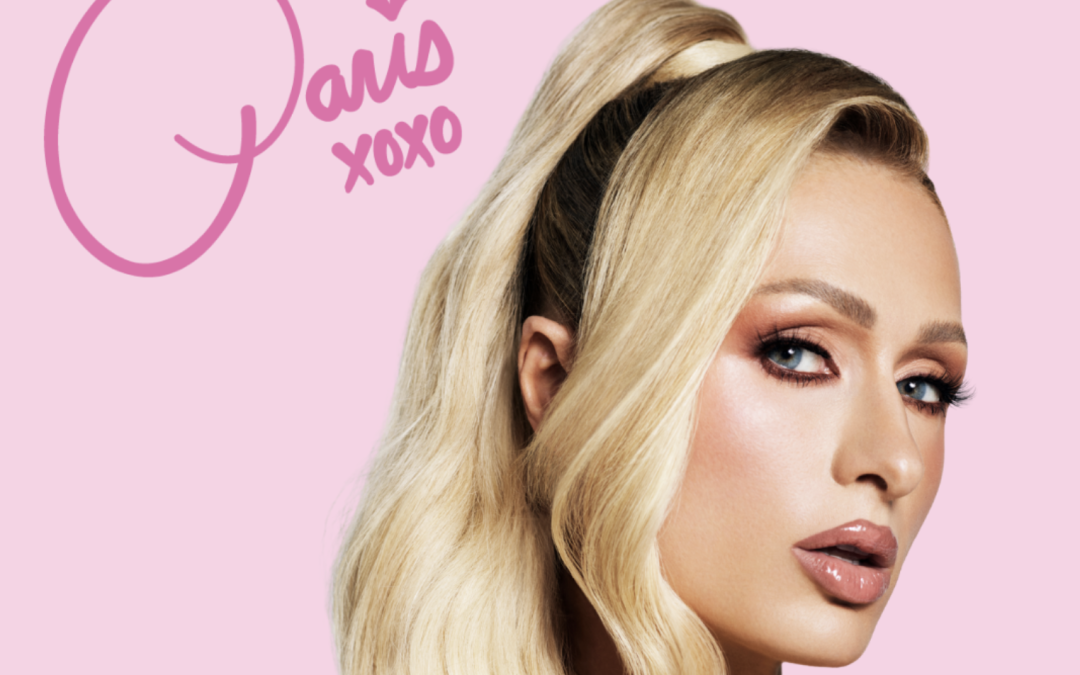
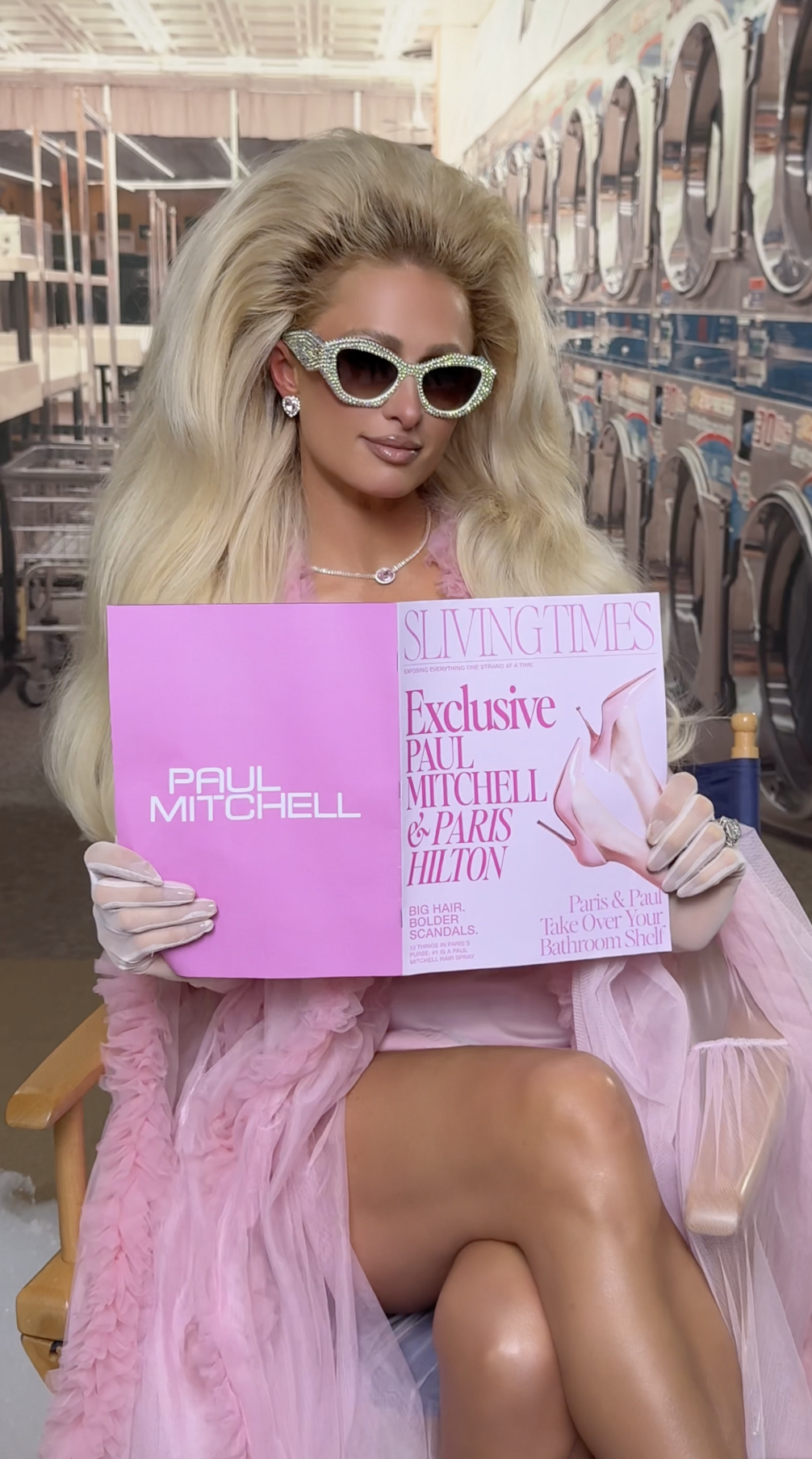


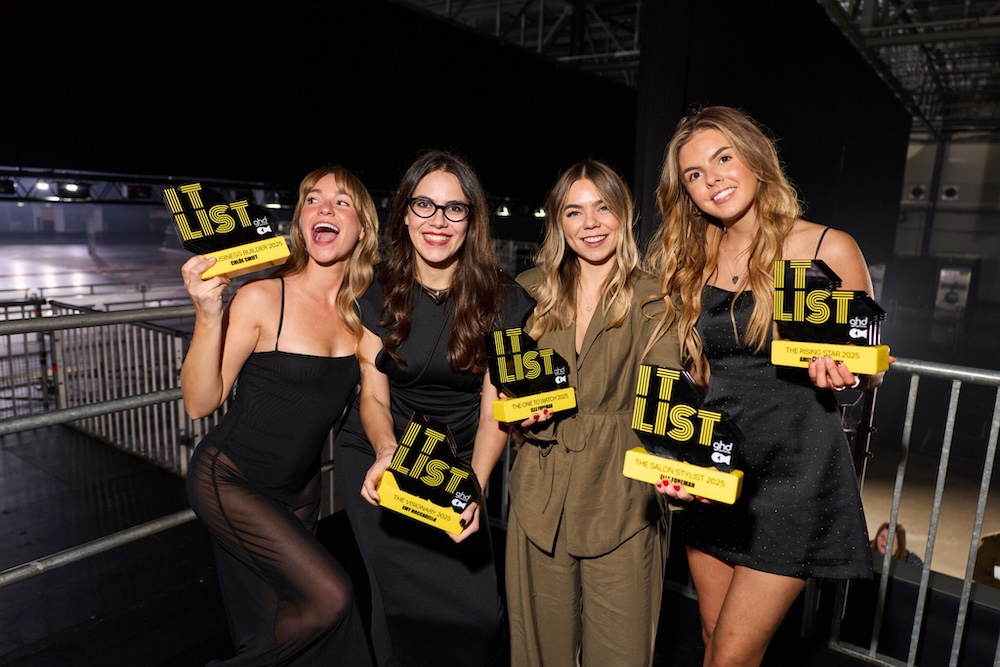

















 The hero here doesn’t wear a cape – it comes in a tube! “The Hand & Hair Light Cream is my favorite. We use it a lot at Fashion Weeks,” says Melissa. “It can just be popped in your handbag, and it’s great for sealing in any ends and also adding definition to your ghost waves.”
The hero here doesn’t wear a cape – it comes in a tube! “The Hand & Hair Light Cream is my favorite. We use it a lot at Fashion Weeks,” says Melissa. “It can just be popped in your handbag, and it’s great for sealing in any ends and also adding definition to your ghost waves.”